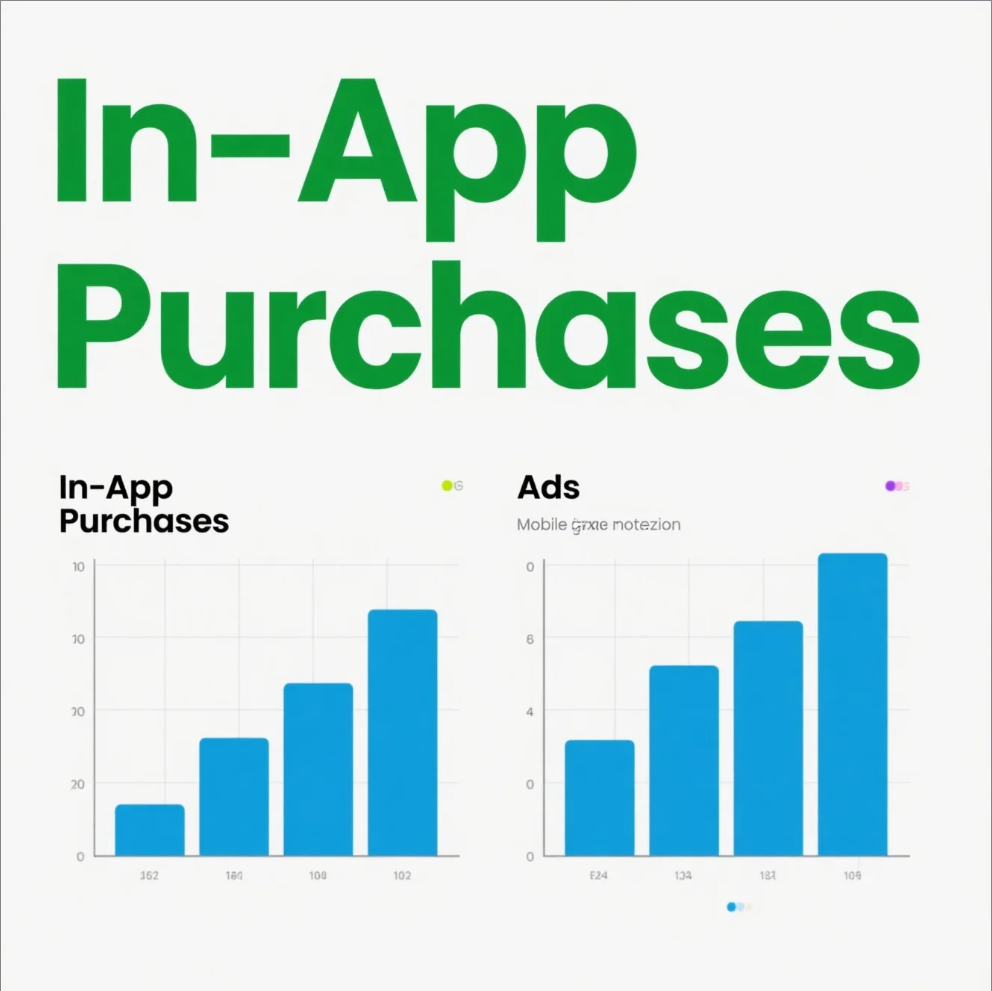Mobile gaming has exploded over the past decade, and in 2025 it remains one of the most profitable industries in digital entertainment. But have you ever wondered how “free-to-play” games actually make money? The answer lies in two primary monetization strategies: in-app purchases (IAPs) and in-game advertising (ads). Both models have their strengths and challenges, and most successful games today use a mix of the two.
💰 In-App Purchases (IAPs)
In-app purchases allow players to buy digital goods within the game. These could include:
- Cosmetics/skins (outfits, characters, customizations)
- Power-ups (extra lives, boosts, faster progress)
- Currencies (gems, coins, tokens)
- Battle passes or premium subscriptions
Pros of IAPs:
- High revenue potential from dedicated players (“whales”)
- Keeps the game free for casual users
- Enhances player engagement through customization and progression
Cons of IAPs:
- Can create a “pay-to-win” reputation if not balanced
- Relies heavily on a small percentage of paying players
- Players may get frustrated if progress feels impossible without spending
📺 In-Game Ads
Another popular model is running ads inside mobile games. Common ad formats include:
- Rewarded ads – Players watch a video ad in exchange for in-game rewards.
- Interstitial ads – Full-screen ads between game levels.
- Banner ads – Small ads at the top or bottom of the screen.
Pros of Ads:
- Generates revenue from all players, not just spenders
- Rewarded ads can actually boost player engagement
- Simple to integrate for developers
Cons of Ads:
- Can disrupt gameplay if overused
- Lower revenue per user compared to IAPs
- Players may abandon the game if ads feel excessive
⚖️ IAPs vs Ads: Which Is Better?
The truth is that most top mobile games use a hybrid model—combining in-app purchases with ads. This approach balances revenue streams, allows non-spenders to contribute via ads, and keeps the game engaging for both casual and dedicated players.
- Casual games (puzzle, hyper-casual, arcade) often rely more on ads.
- Core games (RPG, strategy, shooters) lean more on in-app purchases.
- Hybrid models blend both, offering players choices while maximizing revenue.
🎯 Final Thought
Both in-app purchases and ads play vital roles in mobile game monetization. Developers must strike the right balance between generating revenue and maintaining player satisfaction. When done right, players enjoy a free and fun experience, while developers earn enough to keep improving the game.
Recommend:
- The Psychology of Mobile Games: Why We Keep Playing
- How to Optimize Your Smartphone for Gaming Performance
